Fighting Food Insecurity
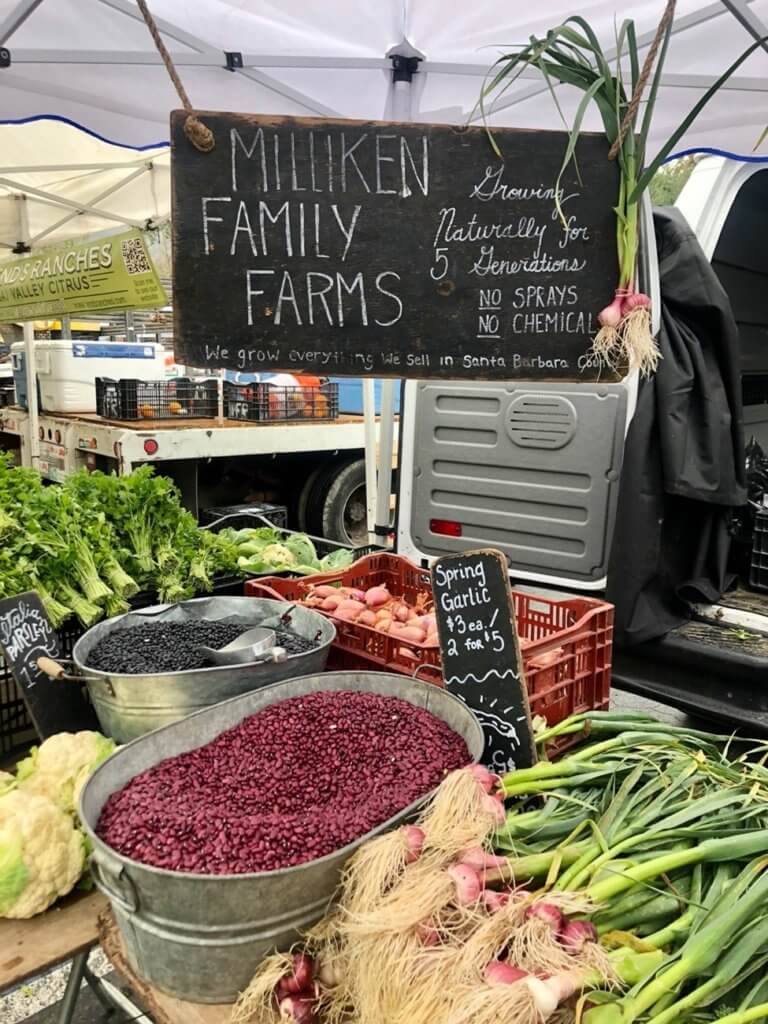
What is food insecurity, what causes it, how is it harmful, and how can we fight it? Learn more about this important facet of a sustainable, equitable, healthful food system.
Nobody should ever have to choose between feeding their family and paying for healthcare, nor should anyone have to tell a child there’s no dinner tonight. Things like this are a reality for nearly one in four households this year. Millions of families and children face hunger and food insecurity every day, meaning they don’t know how much, if any, healthy food there will be for them. Now especially, due to the effects of the coronavirus pandemic, every community in America is affected. The disparities and inequality of those directly impacted are deepening into a cycle that affects them on many levels, notably, their health. Efforts are being made, programs are in place, but they’re not enough. Understanding what it is, what it means, and how to fight this crisis has never been more important.
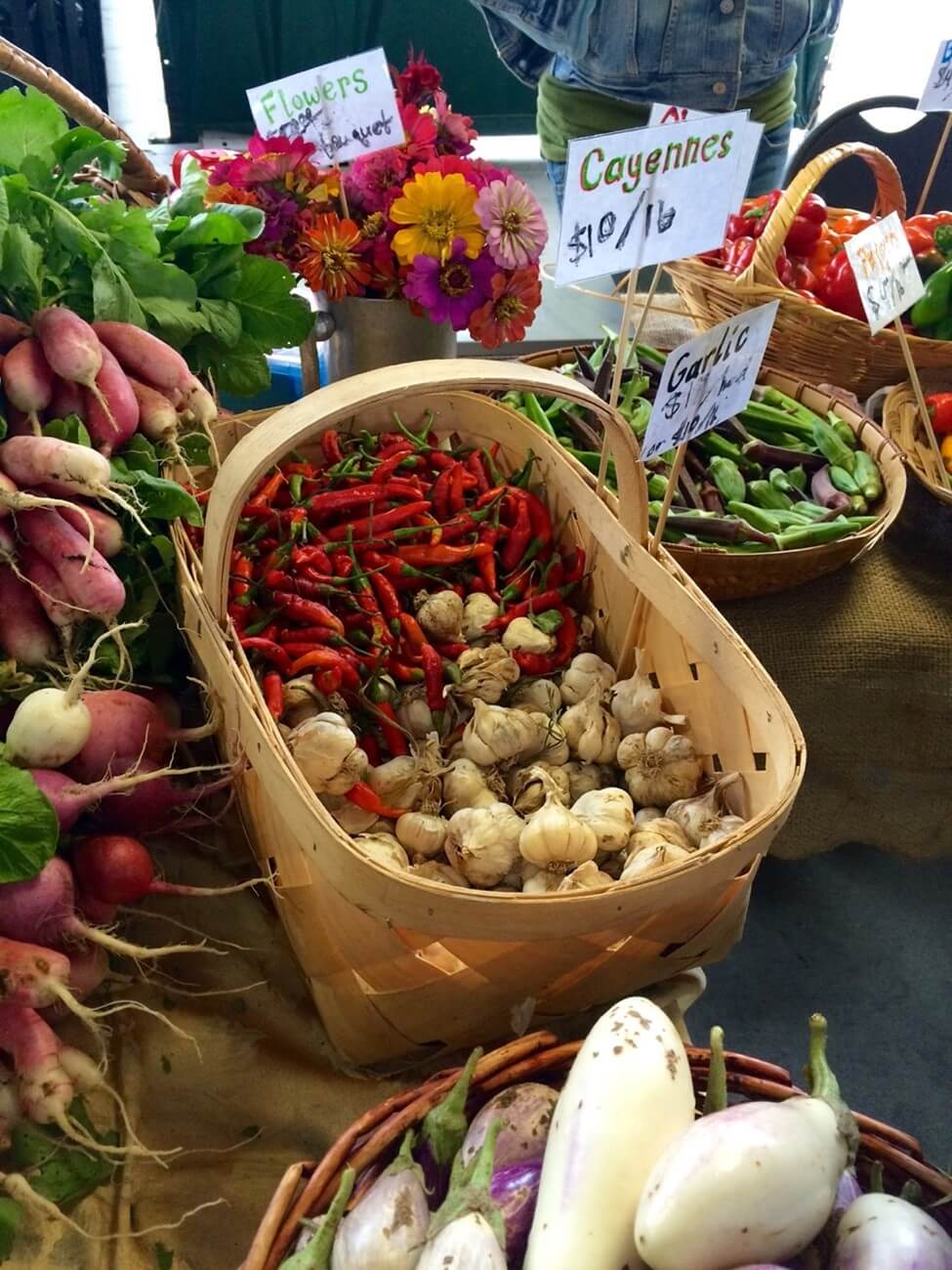
What is Food Insecurity?
According to the U.S. Department of Agriculture (USDA), food insecurity is a lack of consistent access to enough food for an active, healthy life. Food insecurity is not the same as hunger, though they are closely related. Hunger refers to the physical sensation of discomfort, while food insecurity refers to a lack of financial resources for food at the household level. But it does not necessarily mean poverty. People living above the poverty line could experience food insecurity, just as people living below it may not. It can also be very inconsistent, as it may be temporary or long term.
The categories of food insecurity are low food security and very low food security. Low food security households are able to access enough food to avoid significantly disrupting their eating patterns, but with reduced quality, variety, and desirability of their diets. These households may utilize coping strategies, such as eating less or participating in federal food assisted programs, such as SNAP and WIC, or receiving food from food pantries. Very low food security is when the eating patterns of at least one or more household members were disrupted and food intake was reduced due to a lack of money or other resources for food.
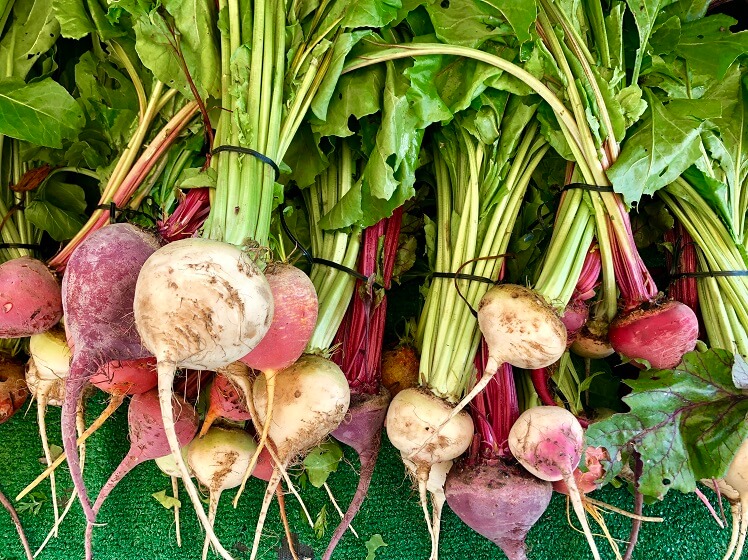
Who it Affects
Nearly 11% of households—over 13 million households—reported being food insecure in 2019, and of this percentage, over 4% reported very low food insecurity. Children were affected in more than 13% of these households. Influenced by a number of factors including income, employment, race and ethnicity, and disability, food insecurity risk increases when money to buy food is limited or simply not available. Due to the unprecedented impact of the coronavirus pandemic on these factors and others, researchers anticipate significant change in the number of households with food insecurity. Researchers at Northwestern University estimate that the number has more than doubled, affecting as many as 23% of households, with the economic crisis brought by the outbreak. Globally, the effects of Covid-19 could double the number of people experiencing food insecurity, according to the United Nations World Food Program.
While food insecurity touches every community across the U.S., and affects so many people—children, the elderly, the disabled in rural communities and big cities alike—it disproportionately impacts minorities. People who identify as African American or Latino who live in large cities or rural areas often have fewer grocery store options or don’t have transportation to a grocery store. Neighborhoods that are predominantly Black and Hispanic have more convenience stores and small independent stores than supermarkets or grocery stores. These communities, known as “food deserts,” lack access to affordable and nutritious food. These obstacles increase the risk of food insecurity. Black families are twice as likely to face food insecurity than White families. According to USDA data, 19.1% of black households experienced food insecurity in 2019, compared to 15.6% of Hispanic households, and 7.9% of White households.
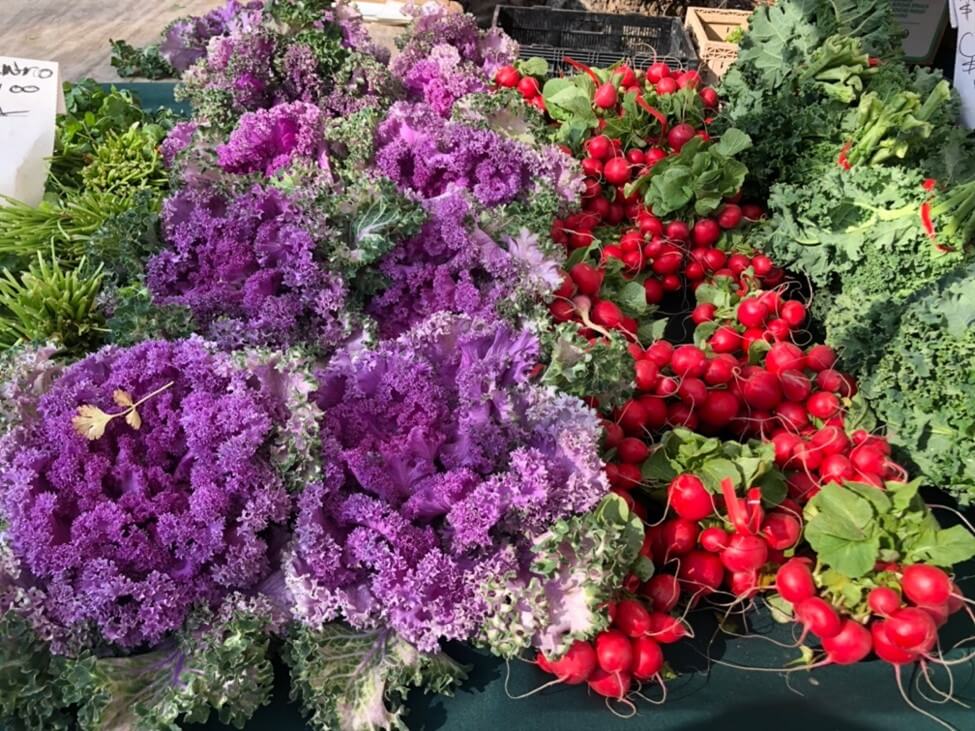
Health Impact
Food insecurity may increase the risk of many negative health outcomes. Research shows that people facing food insecurity are less likely to meet nutritional recommendations and are more likely to have obesity, wider waist circumference, and higher total body fat. Higher rates of chronic disease have been found in low-income, food insecure adults, and food insecure children may also be at increased risk of poor health outcomes, including obesity, inadequate growth, depression, and anxiety. Compared with food secure children, these children are at higher risk of developmental problems. Young children are especially at risk for micronutrient deficiencies and poor brain development, which will affect their learning and memory functions later in school, applying for a job or college and more, perpetuating the cycle of food insecurity on the current and future generation. Without adequate access to food, these health issues will continue in minority and non-minority populations faced with food insecurity.
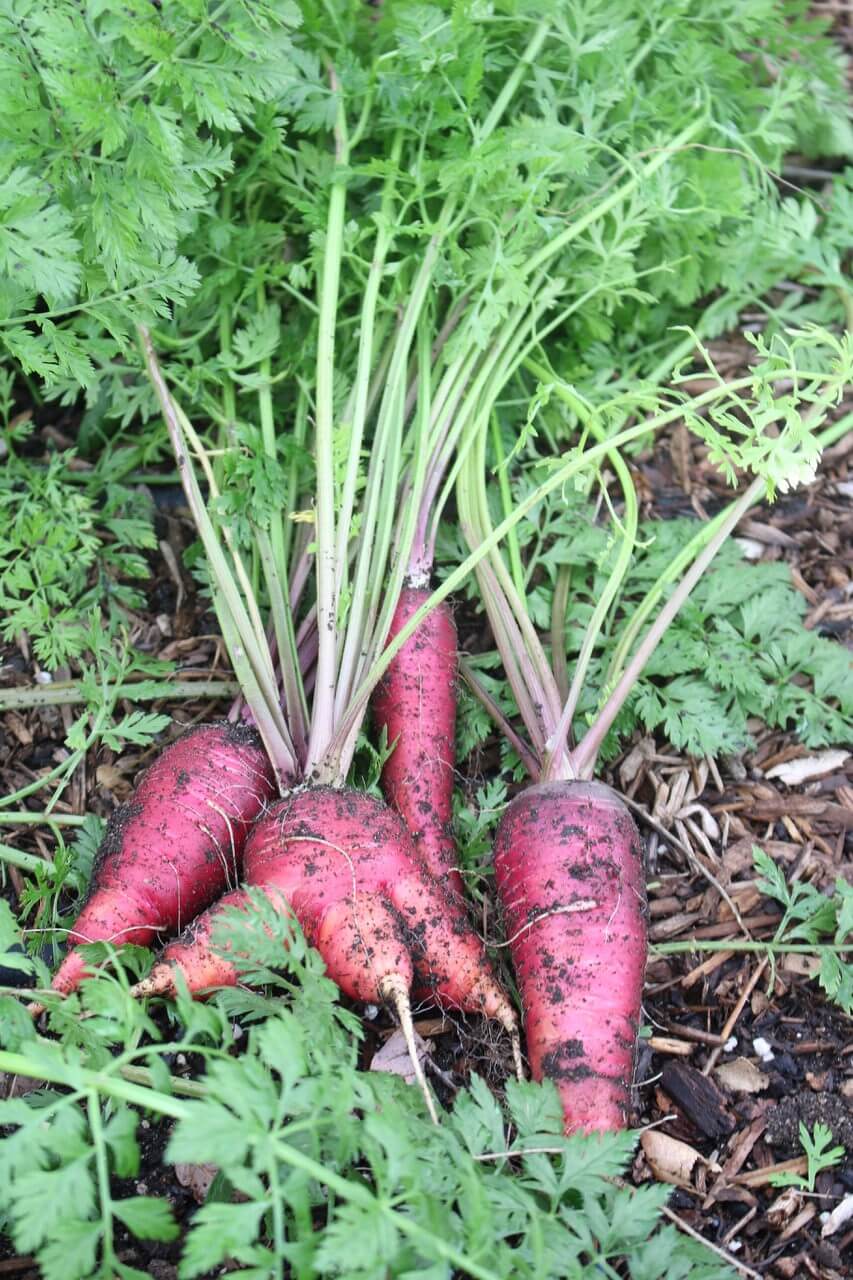
Fighting Food Insecurity
Fortunately, there are programs in place to address barriers to accessing healthy food and to support those facing this problem. Without these food assistance programs, which include Supplemental Nutrition Assistance Program (SNAP), Special Supplemental Nutrition Program for Women, Infants, and Children (WIC), National School Lunch Program, National School Breakfast Program, and Child and Adult Care Food Program, many people would have little if any assistance or resources to feed their families.
Sadly, these programs are not enough. Food bank lines are getting longer, as more and more families rely on them. Resources and volunteers are essential. It’s so easy to donate to your local food bank and if you can volunteer, even better. Find your local food bank at FeedingAmerica.org. Just type in your zip code. Or contact a local government representative who can connect you with a non-profit hunger relief organization. You can also support government policies and politicians working to address unemployment issues to help people out of work to find work to feed their families. The more people that help fight this, the less people will have to suffer with inadequate food access and resources.
Written by Lori Zanteson


